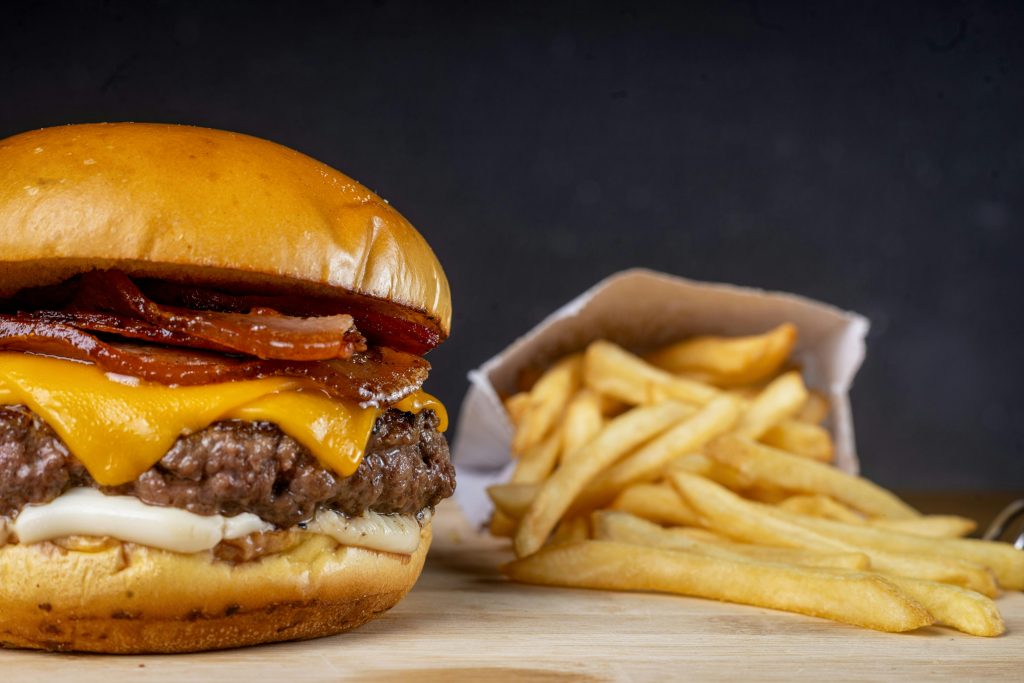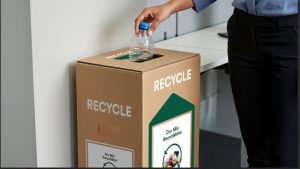£21k electricity bills driving takeaways to the brink, new report warns

A new report by BusinessComparison has revealed the staggering cost of energy for UK takeaways, revealing that some high-usage venues may be paying upwards of £20,000 annually in electricity alone.
The findings come as insolvency rates in the hospitality sector remain at historic highs, despite a recent fall in formal closures.
The current energy price per unit is 25p, up from 24p four years ago. That means a significant uplift in energy bills – with takeaways spending £2,000 more a year on average in additional energy costs, compared to 2021.
The leading business energy comparison site carried out an in-depth analysis of energy consumption across different types of takeaway businesses to assess the cooking appliance energy costs, comparing appliance usage, cuisine-specific costs, and the influence of electricity tariffs.
The release of the report coincides with recent figures showing that while hospitality insolvencies have dropped by 11% compared to 2024, they remain 44% higher than pre-pandemic levels.
When it comes to energy costs, cooking appliances are guilty of helping takeaways stack up hefty bills, with some appliances costing thousands to run each year.
The analysis revealed that kebab machines are the most expensive cooking appliance for takeaway shops to run, costing £7,248.38 a year on average. Industrial fryers, which are often used to cook battered fish or chips, cost nearly half the price to run, totting up £3,484 a year in energy costs on average.
“Energy is one of the largest controllable costs for any food business, yet it’s often overlooked until it becomes a crisis,” said Philip Brennan, Founder and Managing Director at BusinessComparison.
“In today’s market, even a 1p increase in energy rates can add thousands to a takeaway shop’s annual bill. Many small hospitality businesses are still tied into what are known as ‘deemed contracts’, which are default or out-of-contract energy rates that kick in when a business doesn’t renegotiate or switch at the end of their fixed term. These rates are typically far more expensive than negotiated deals, and unfortunately, smaller operators are more likely to fall into this trap because they don’t have the time or in-house expertise to manage the switch.
“If we want hospitality to bounce back from the pressures of recent years, addressing this gap is essential. That means not just encouraging energy efficiency, but also giving small businesses better access to competitive, fairly priced energy contracts.”
Following the release of the report, BusinessComparison is urging business owners to assess their energy usage patterns and review their tariffs regularly. The firm is also calling on suppliers and policymakers to offer tailored energy deals for small hospitality businesses to help mitigate long-term financial risk.
BusinessComparison is also releasing a series of sector-specific guides to highlight energy costs in different industries, as well as tips and advice on how to reduce energy bills. The first guide on takeaway shops’ energy usage is available here: https://www.businesscomparison.com/blog/articles-features/electricity-takeaway-shop.
Read the report on businesscomparison.com or visit the business energy hub for more advice on reducing energy costs.



